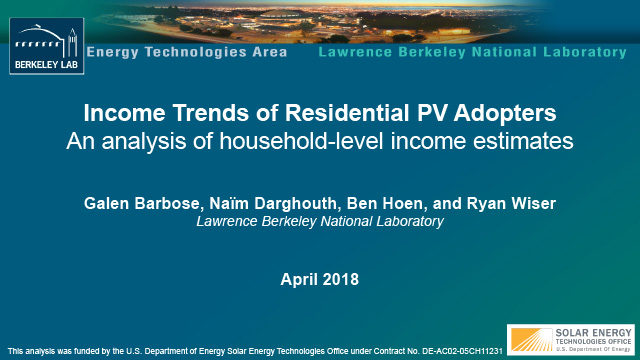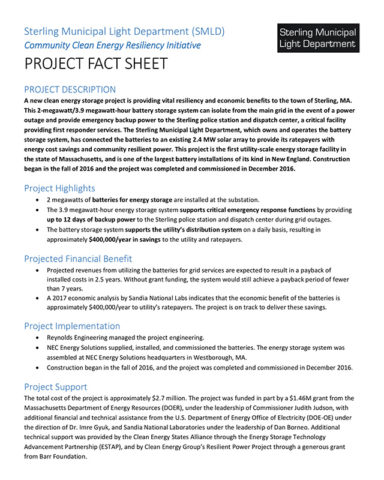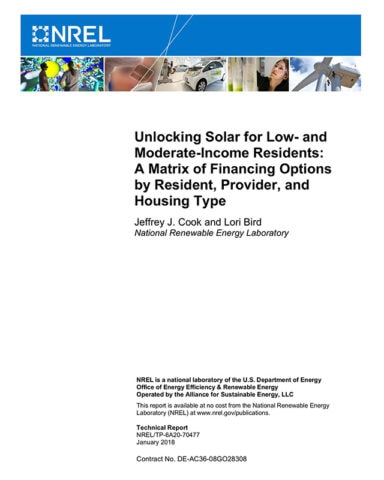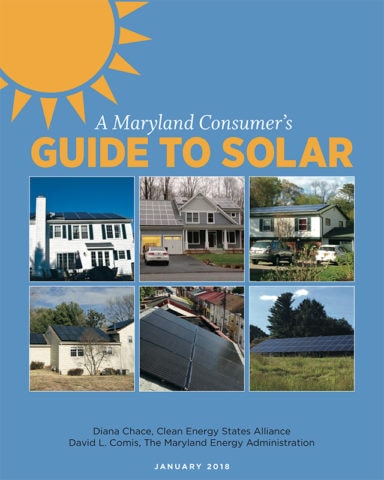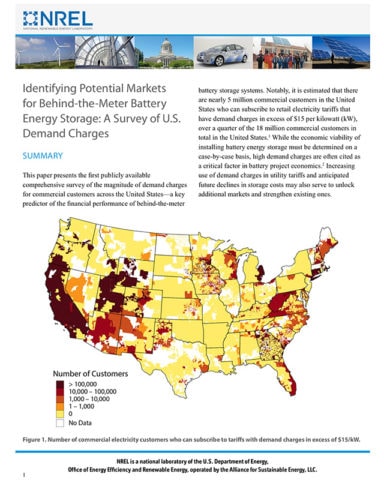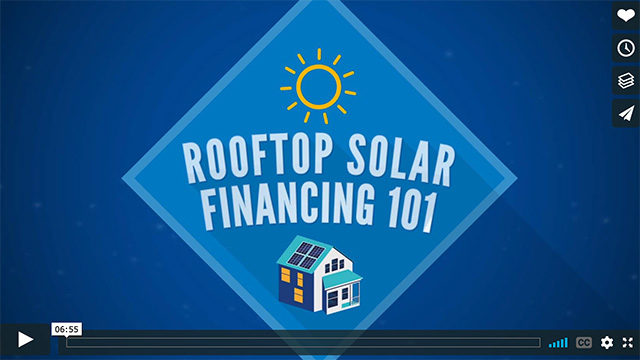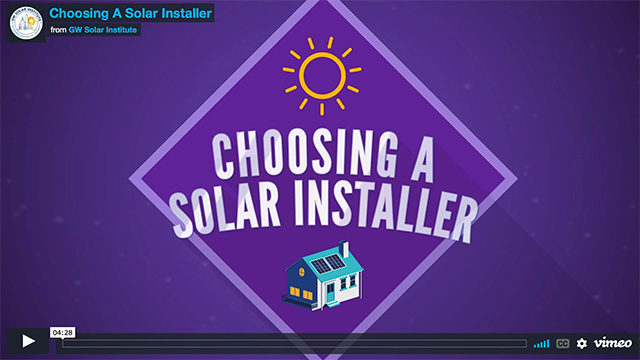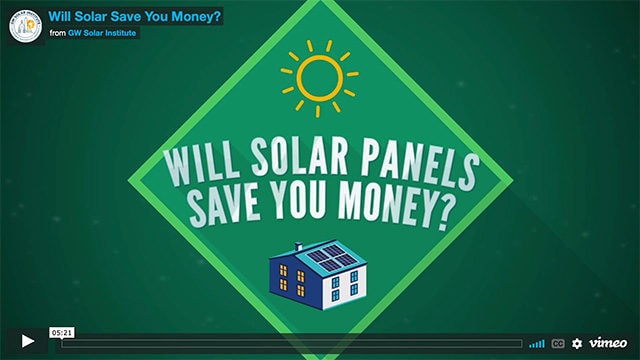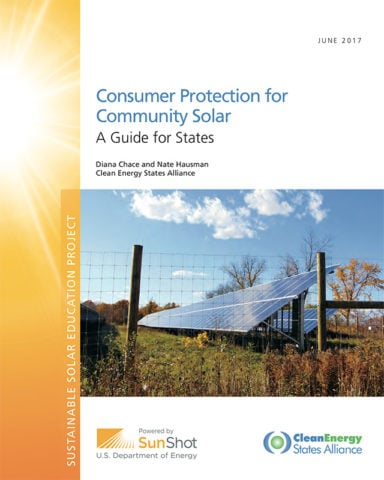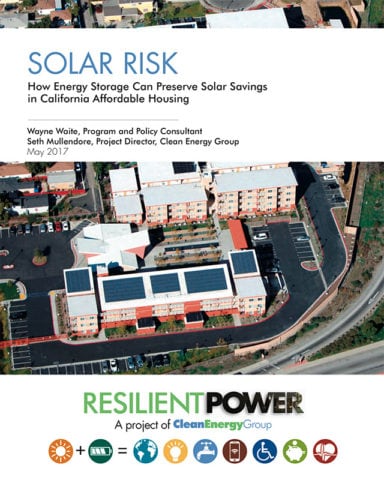Resource Archive - Solar PV
SEARCH RESOURCES
You can also search by author name.
RESOURCE TYPES
RESOURCE TOPICS
RESOURCE PROJECTS
RESOURCE YEARS
This report aims to establish basic factual information about income trends among U.S. residential solar adopters, with some emphasis on low- and moderate-income households.
This two-page handout provides a brief overview of a battery storage installation that is providing vital resiliency and economic benefits to the town of Sterling, Massachusetts.
This report identifies the most promising strategies state policymakers might consider using to finance PV for low- and moderate-income customers.
The Maryland Energy Administration and the Clean Energy States Alliance have developed a Maryland Consumers Guide to Solar, designed to be a resource for Maryland residents considering home solar photovoltaic systems.
New research shows that more than 25 percent of all commercial customers across the continental United States may be able to further reduce their electricity bills by adding battery storage in conjunction with solar installations.
This video introduces three common solar financing methods: loans, leases, and power purchase agreements (PPAs) and briefly explains some of the advantages and disadvantages of each.
This video offers advice for customers in selecting a solar contractor, questions that customers should ask a solar contractor, and information that should be included in a solar contractor’s bid.
This video discusses key questions homeowners should explore when assessing whether going solar makes financial sense, including how the cost of solar compares to savings from solar, how the federal tax credit works, and the extent to which a homeowner’s electricity bill can be offset by solar.
This guide discusses consumer protection issues that may arise in community solar projects for residential consumers, and the role states can play in ensuring appropriate consumer protections.
A new analysis finds that energy storage can effectively hedge against proposed changes to California’s solar policies and utility rates that could drastically reduce the value of solar.

